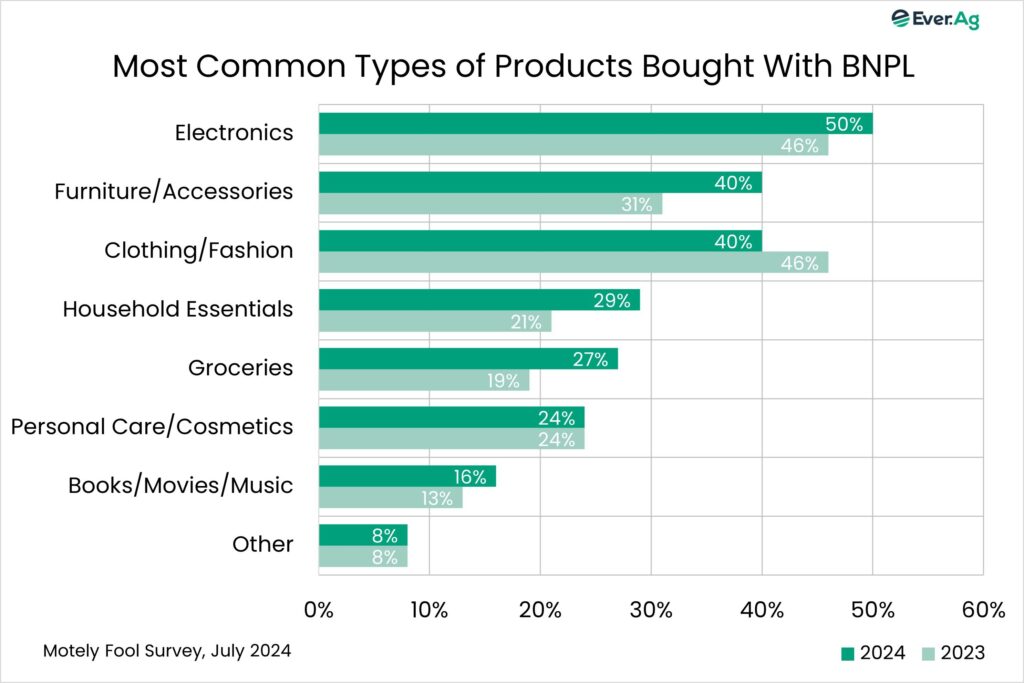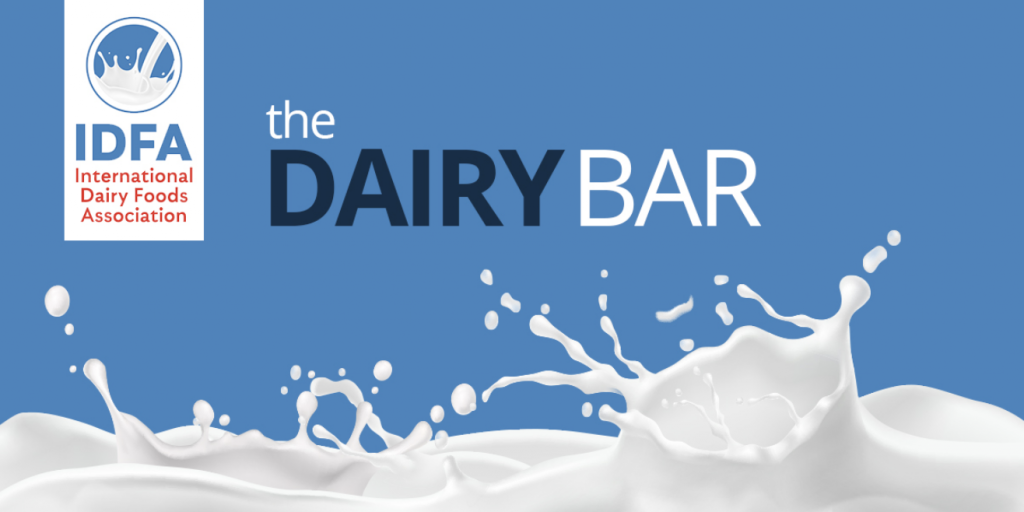Read the latest issue of The Dairy Bar, a bi-weekly report from IDFA partner Ever.Ag. The Dairy Bar features spotlight data, key policy updates, and a one-minute video that covers timely topics for the dairy industry.
The Dairy Bar: GLP-1 Medications and Food Spending; Increases in Buy Now, Pay Later; and Grains in a Minute!

Quick Bites: Consumers Lean on Buy Now, Pay Later
- U.S. consumer debt levels remain a key economic watch factor to start 2025. The U.S. Federal Reserve showed total November consumer credit outstanding at $5.1 trillion, down from October but still up 1.7% year-over-year. Revolving credit – think credit cards – also dropped from prior month levels but were up more than 3.5% from 2023.
- Another spending/debt area to keep an eye on: Buy Now, Pay Later (BNPL) programs. Increasingly offered through online retailers, BNPL is a type of short-term financing that enables consumers to use installments to pay off purchases. Adobe Analytics data suggests that interest in these programs is growing with U.S. transactions reaching an estimated $66 billion in 2023, and 2024 estimates point to double-digit increases.
- While BNPL programs are still a small slice of the retail sales pie, consumers with increased risk for financial disruption are reportedly more likely users. A survey from the Federal Reserve reports 18% of Americans that have used these programs have made a late payment.
- Though consumers are more likely to use these options to buy high-ticket items like electronics, furniture, and clothes, food purchases are in the mix. Early 2024 data suggests that users are increasingly using the programs to buy groceries and household essentials.
Today's Special
- GLP-1 medication prescriptions surged by 32% between June and September of last year. For food industries, this raises questions about the impact on consumer demand.
- A new study from Cornell University and Numerator, published on December 29, takes a closer look at these recent trends. Researchers studied the spending habits of a sample of households with at least one user of a GLP-1 medication. That includes Ozempic, Wegovy, Zepbound and Mounjaro.
- The study found that these households reduced their grocery spending by roughly 6% within six months of starting the drugs. On an annual basis, the average household cut their spending by $416 per year. In higher-income households, spending decreased 9%, or $690.
- Restaurant spending fared slightly better but was still down 4%. Fast food restaurants and coffee shops saw the biggest impact. The biggest drops in spending were during the morning breakfast time and at dinner.
- Not surprisingly, given the medications’ role in curbing appetite and users’ focus on weight loss, high-calorie, high-fat foods are the hardest hit. Spending on these items was down as much as 11%. After 12 months of usage, spending remains below pre-medication levels.
- GLP-1 users make up only about one-eighth of the population – not enough to make a huge difference but enough to provide headwinds for the food industry. At the same time, weight-loss drug programs frequently encourage increased protein intake. That’s creating opportunities for protein-rich foods and products including dairy items.

